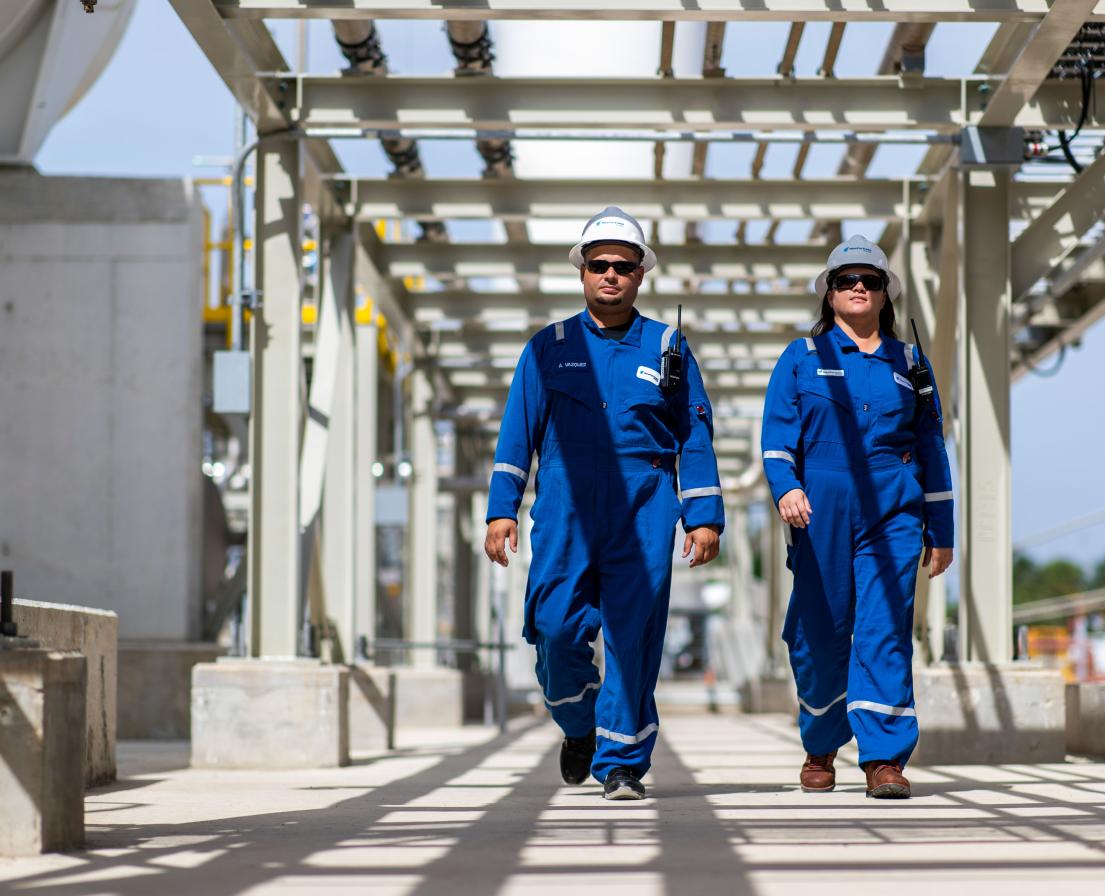What is renewable energy?
ENERGY FILLED STORY
Learn how renewable
energy works
Let’s come clean – renewable energy is fueling a cleaner future for our planet. The subset of alternative energy options, which are produced from sources other than fossil fuels(1), renewable energy is the powerful, sustainable gift that keeps on giving. Learn more about renewable energy – what it is, what energy sources it includes, how it works, how it’s used, why it’s beneficial, and the surprising way that one fossil fuel is empowering more widespread use of these highly coveted renewable energy sources.
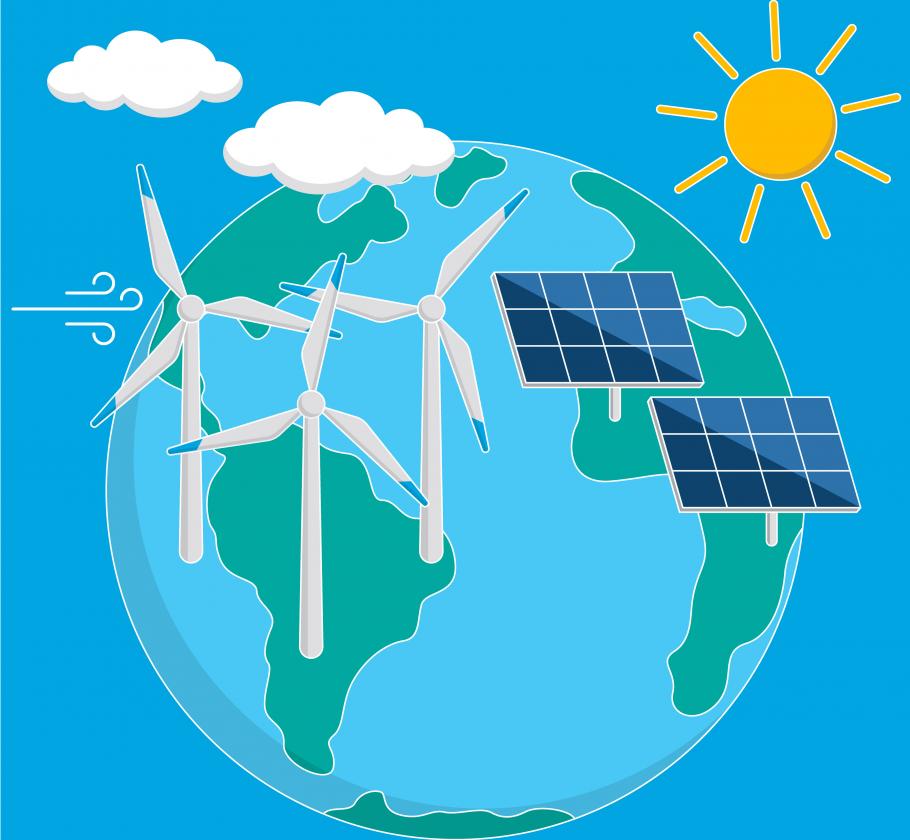
What is renewable energy?
Simply put, renewable energy comes from sources that never run out.(2) These include sources such as the sun, earth, water, and wind that are constantly, naturally replenished.(3) These age-old power solutions(4) are quickly skyrocketing in popularity, and the International Energy Agency (IEA) predicts that, by 2024, renewable energy sources will provide 30% of the world’s electricity.(2)
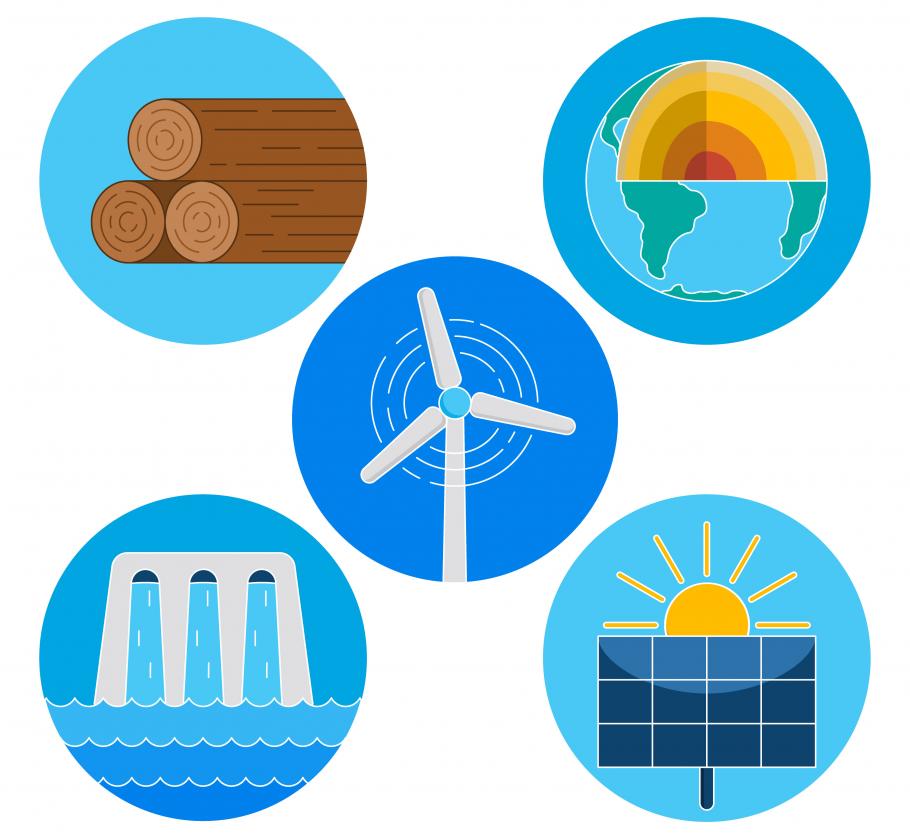
What are the sources of renewable energy and how do they work?
Today’s most common renewable energy sources are bioenergy, geothermal, hydropower, solar, and wind.(2)
The sun’s always shining somewhere – but solar rays, and all renewables, need some help to become viable sources of energy. Here’s how the most popular renewable energy sources work.
- Bioenergy burns organic materials(2) such as wood, charcoal, manure(5), and corn and soy crops(6) to generate electricity. The process does emit greenhouse gases(5), but the overall environmental and economic cost is still generally viewed as lower than using fossil fuels.(2)
- Geothermal energy digs deep to access underground reservoirs of hot water and steam warmed by the earth’s core – which rivals the surface of the sun for generating heat.(4)
- Hydropower uses the force of water from reservoirs, rivers, or oceans to drive a turbine that generates electricity.(2) It’s currently the source of nearly three-quarters of all renewable energy.(7) Hydropower can raise some concerns about effects on local ecosystems, but it’s generally regarded as leaving a minimal carbon footprint.(5)
- Solar power is generated from photovoltaic panels or radiation-concentrating mirrors that convert sunlight into usable energy.(2) It’s easy to access, easy to afford, and easy on the environment.(7) And there’s plenty of it – just an hour’s worth of sunlight reaching the Earth could meet the world’s energy demands for a full year.(2) This bright option’s main dark spot is the darkness – clouds and nighttime hinder our ability to fully harness the power of the sun.(7)
- Wind turns the blades of a turbine, in land or water, to generate electricity.(5) Though it’s not necessarily predictable(7), wind energy is highly efficient(6), environmentally friendly, easily accessible, and cost-effective.(5)
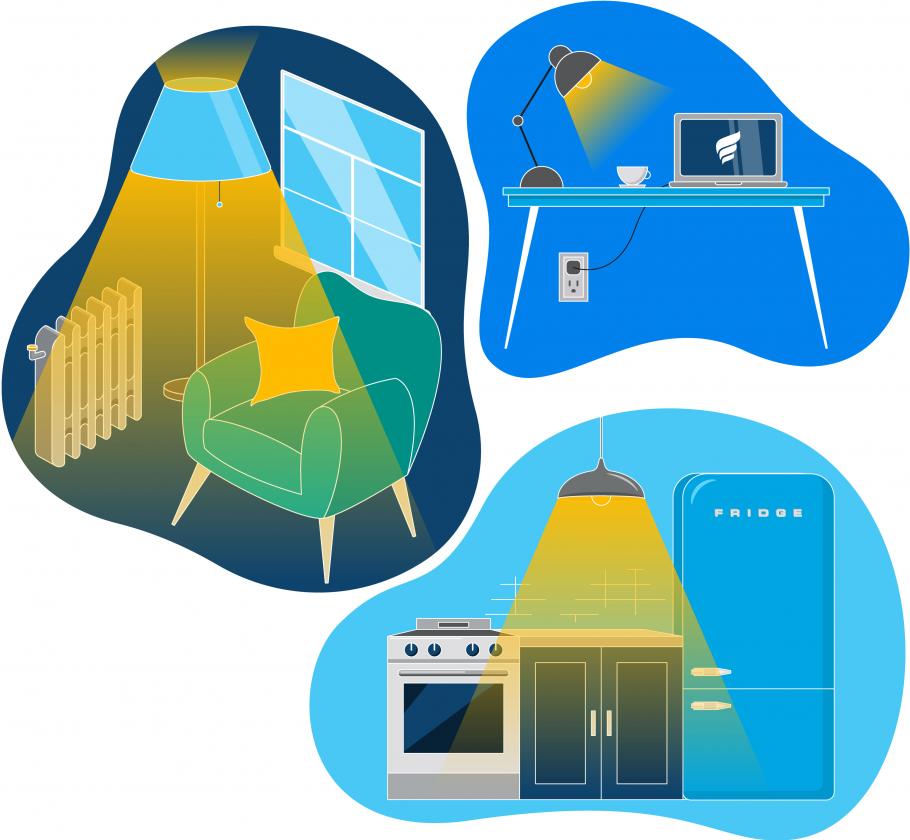
How do we see renewable energy every day?
Each day is an opportunity to start anew, and each day is also an opportunity to enjoy the benefits of renewable energy. Solar, wind, and other renewable sources heat and cool our homes and offices, charge our cell phones, run our laptops, keep our foods fresh, and light our world.
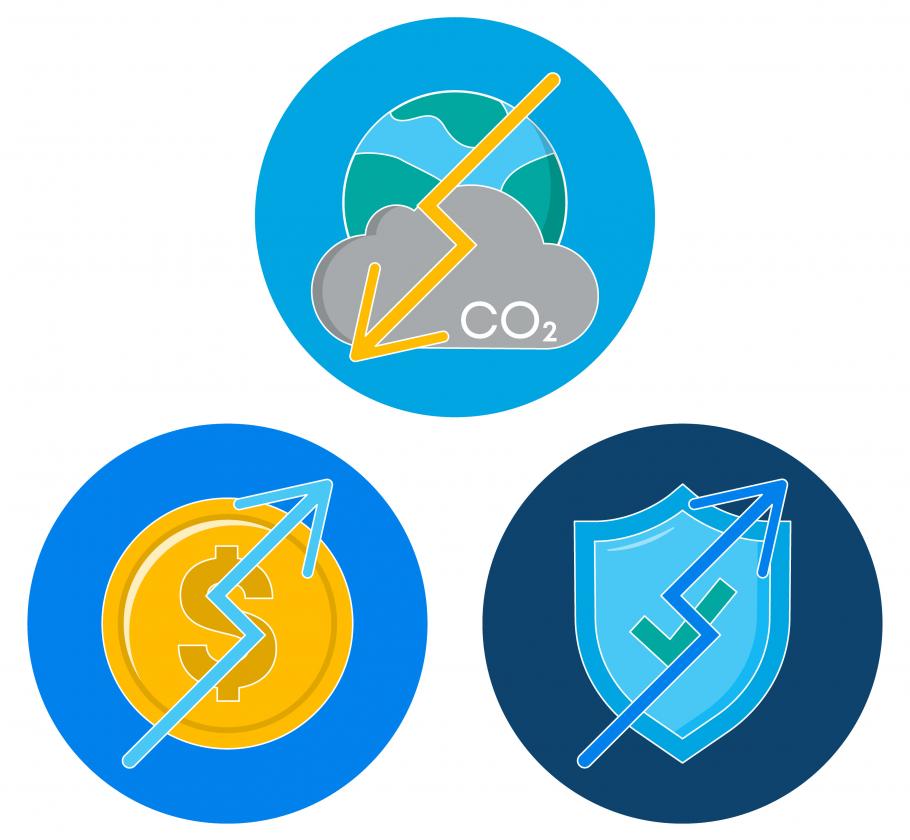
What are the benefits and challenges of renewable energy?
Compared to the fossil fuels that are so widespread, these emerging – and re-emerging – renewable energy options offer tremendous benefits in emissions, reliability, economy, and more.
Of course, compared to fossil fuels, renewable energy tends to generate significantly lower levels of pollutants such as carbon dioxide.(8) The sun, wind, earth, and water are also typically more universally available than fossil fuels, offering communities worldwide greater control over their energy sources.(8)
However, because renewable sources are not predictable – no one can consistently predict when the sun will shine or the wind will blow – they’re not the final answer to our energy challenge… yet. Due to the sometimes-fickle nature of renewable energy, it can be difficult to store for later use, but one up-and-coming solution to this storage conundrum is green hydrogen. Green hydrogen is made when renewable energy such as wind and solar power,(9) is used to extract hydrogen from water or other naturally occurring sources with no carbon emissions. Green hydrogen has the ability to be stored for longer durations of time. Thus, green hydrogen can effectively store renewable energy for the long-term, making it available when and where it’s needed. However, much research and development is still needed to make green hydrogen both widely available and economical.
In the meantime, one of the most promising supplements to renewable energy is a proven workhorse: natural gas.(10)
A reliable backup and powerful catalyst to the growth of renewable energy, natural gas is relatively clean. For example, it produces roughly half the carbon dioxide that anthracite coal does.(10) The Foundation for Renewable Energy and Environment reports that solar energy development benefits from the use of natural gas.(11) The National Bureau of Economic Research has shown that for every 1% increase in generating fast-reacting natural gas, there’s a 0.88% increase in generating renewable power.(9)
Moreover, natural gas is a utility standard that’s already well-positioned to expand into renewable energy support with successful partnerships such as powering California’s 392-megawatt Ivanpah Solar Electric Generating System.
In short, renewable energy is a vital and growing component of the world’s energy system. Scaling back some traditional energy sources in favor of renewable energy can help lower emissions and fight climate change.(12) Both established fuel sources, like natural gas, and up-and-coming solutions, like green hydrogen, can help accelerate the transition to renewable energy, making our world a cleaner and greener place.
